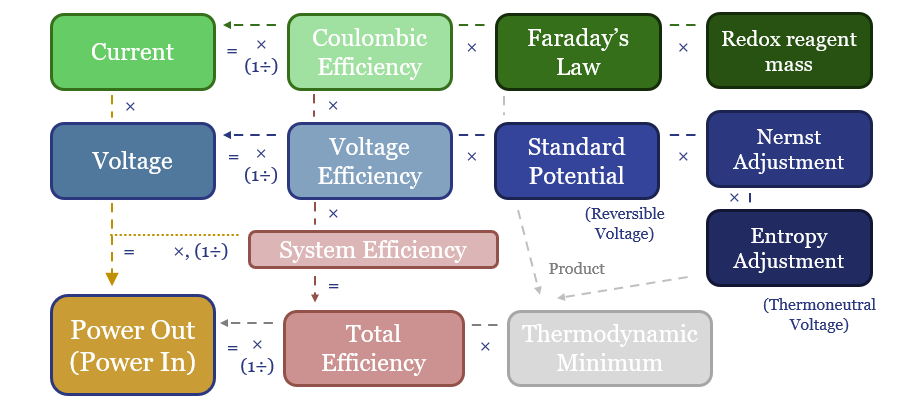Batteries, electrolysers and cleaner metals/materials value chains all hinge on electrochemistry. Hence this 19-page overview of electrochemistry explains the energy economics from first principles. The physics are constructive for lithium and next-gen electrowinning, but perhaps challenge green hydrogen aspirations?
In 1800, Alessandro Volta (1745-1827) created one of the first electrochemical cells in the world. The anode was zinc metal, bathed in an electrolyte of sulfuric acid (H2SO4, or strictly 2H+ and SO42-). An outpouring of electrons, or in other words a direct current, could be produced when the zinc metal oxidized to form zinc ions in solution (Zn -> Zn2+ + 2e–).
The physics of electrochemistry underpin so many different technologies that matter to the energy transition, if the world is to reach net zero, 250-years after Volta’s invention! This includes all batteries, electric vehicles, electrolysers, fuel cells, electrowinning plants.
In our travels through the energy transition, we have found it invaluable to stop guessing and go back to first principles. The goal of this 19-page note is to improve our collective understanding of electrochemistry.
An overview of electrochemistry is given in the first third of the note: the history, the units, calculating current flow from Faraday’s laws and calculating voltage from Standard Potentials and the Nernst Equation. This all shows that putting some new redox pair into an electrochemical cell is really no more revolutionary than putting pineapple onto a pizza.
Thermodynamic efficiency is covered in the second third of the note: the limitations of redox reactions with wide entropy changes, overvoltage linked to reaction kinetics, Coulombic losses due to side reactions and leakage currents, and why efficiency itself is a ‘moving target’.
Implications for decision-makers in the energy transition are summarized in the final third of the note. Can any other redox reactants ever be better than lithium? (Or just cheaper?). Can green hydrogen meet its cost and efficiency targets? Is the production of clean materials via electrowinning a better use for renewable electricity?
